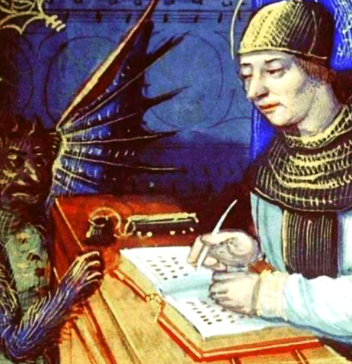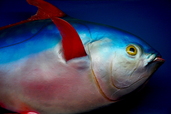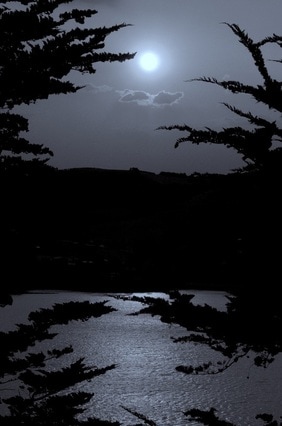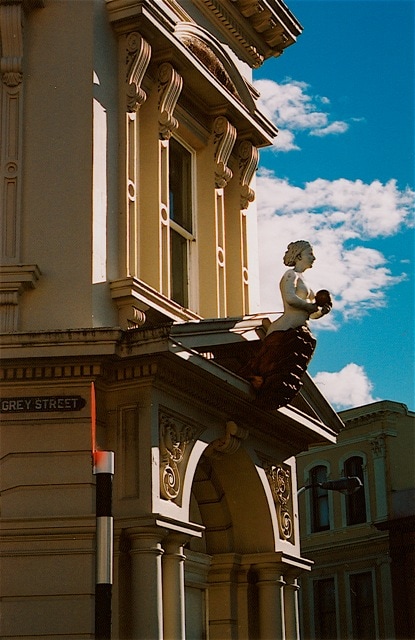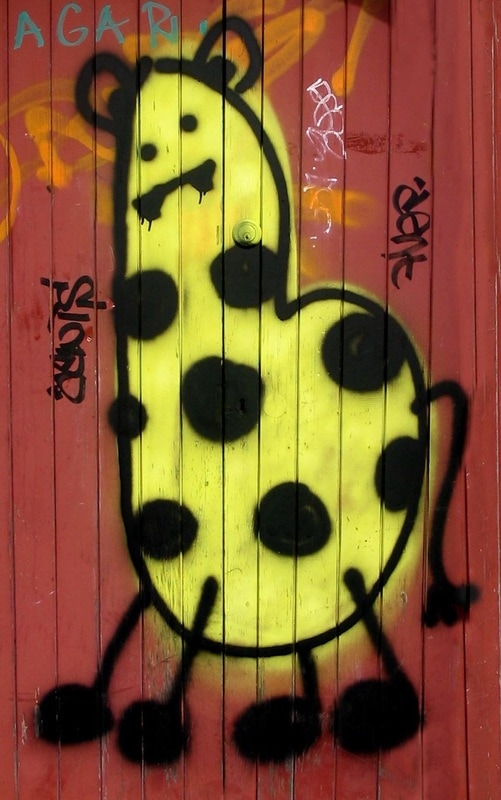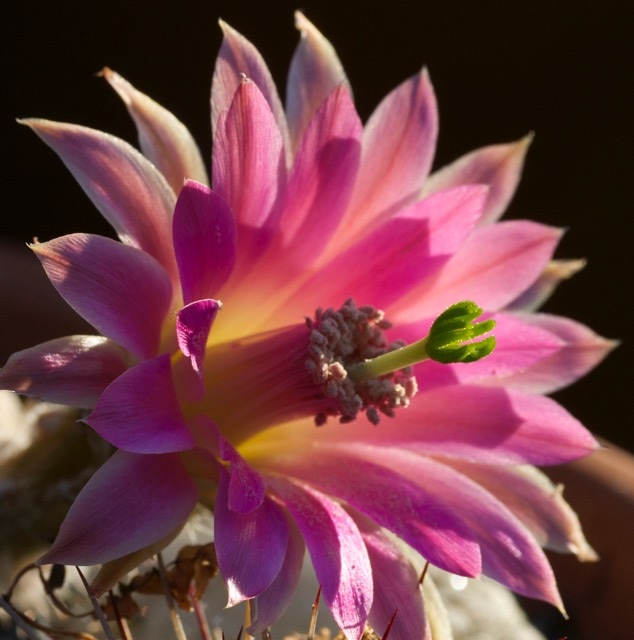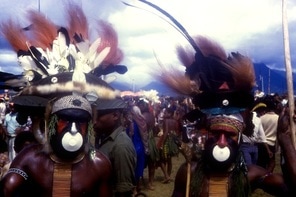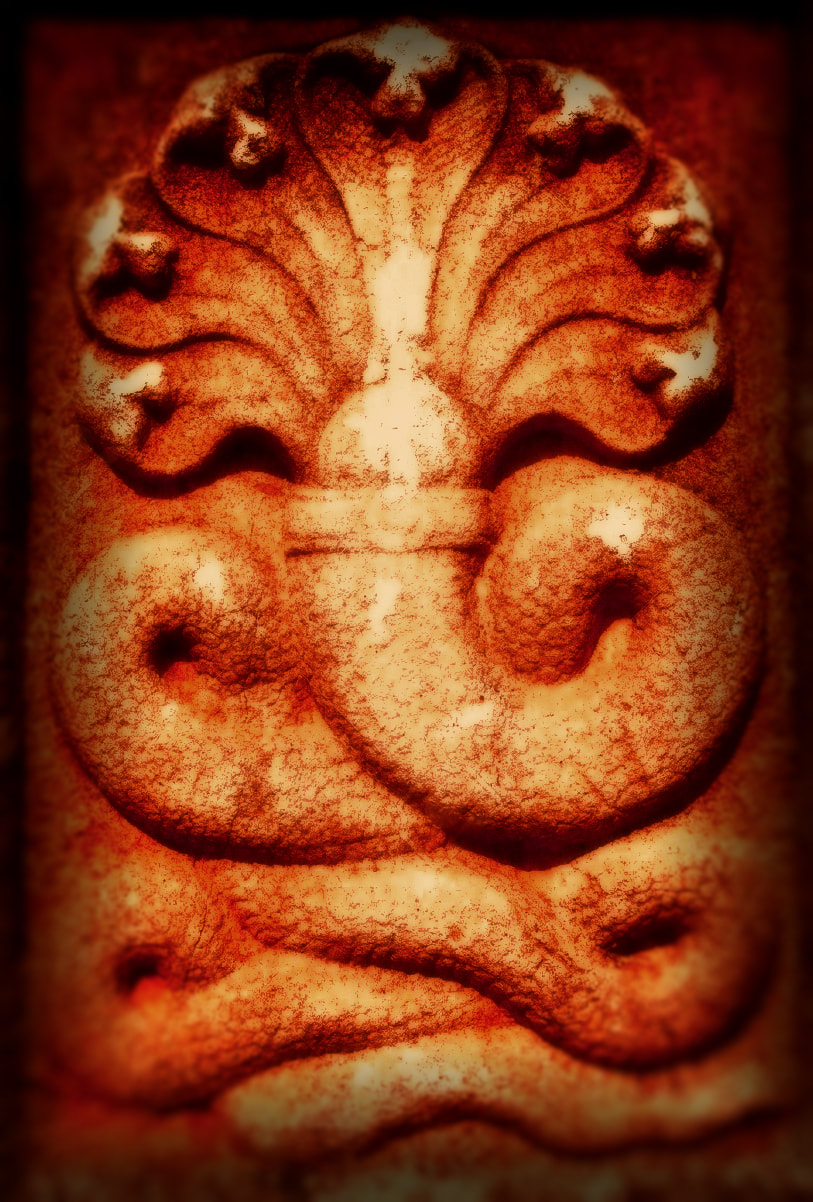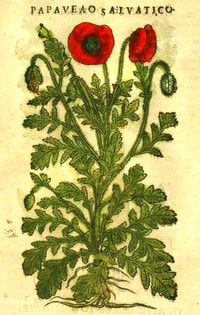| Hemmingii is another of my personal favourites though it's regarded as common and even pedestrian by many aficionados. Mainly because it's pretty, easy and readily available, which are the dumbest of all reasons to dismiss so lovely a species. If it had just been discovered on some recently-demolished cliff face in Impumapopolumaland, you can bet hardcore horticulturalists would be losing their shit over it. This little guy actually hails from relatively high altitude (1200 m) in Somalia, namely the Golis range in the north-west of that country and in this native situation enjoys scrubby companions and truly horrible-looking rocky and largely imaginary soil. If you're thinking it looks eerily similar to what you were told was your Aloe somaliensis, you're not going mad. The two plants have been lumped in together under the latter name by several authorities and it looks like somaliensis is the one favoured by the trade. Sounds more exotic, doesn't it? These two plants are just part of an even wider confusion involving spotty species like parvidens, harlana, mcloughinii, sinkatana, jucunda and ruffingiana et al. But whatever. They're all worthy, and given that some are on the brink of losing their original habitats, we're lucky to have any of them. This species is a deep glossy grass green thickly spotted with jagged celadon splotches and striations on both sides of the stiff leaves but especially the reverse, edged with sharp ochre spines. It flowers reliably for me on an indoor windowsill, usually in winter but also opportunistically; the raceme seen here is about 65cm tall, twice as high as the maximum given in Aloes The Definitive Guide but I'll allow it, lol, since the plant itself is a dead ringer for the hemmingii pictured in that volume. |
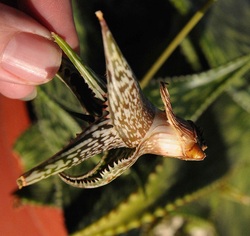
After ten years it's pupped slowly into three divisions, separated and replanted to allow them more scope to develop. The wee guy to the right is the latest scion; I snapped it off from the basal section of the largest plant and gave it a couple of weeks to dry after removal, just leaving it to sit on the topping pumice. This brown bump is the first of its own roots and many other species will do the same if you don't excise or completely crush the narrow zone from which this tissue originates.



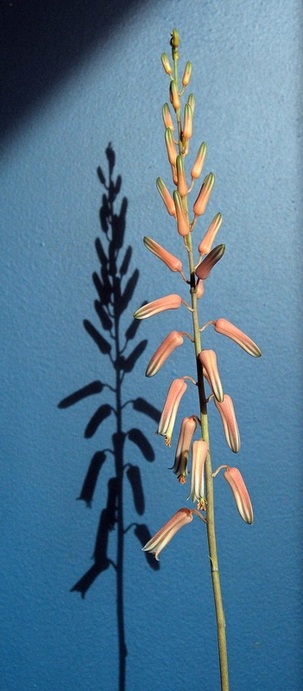
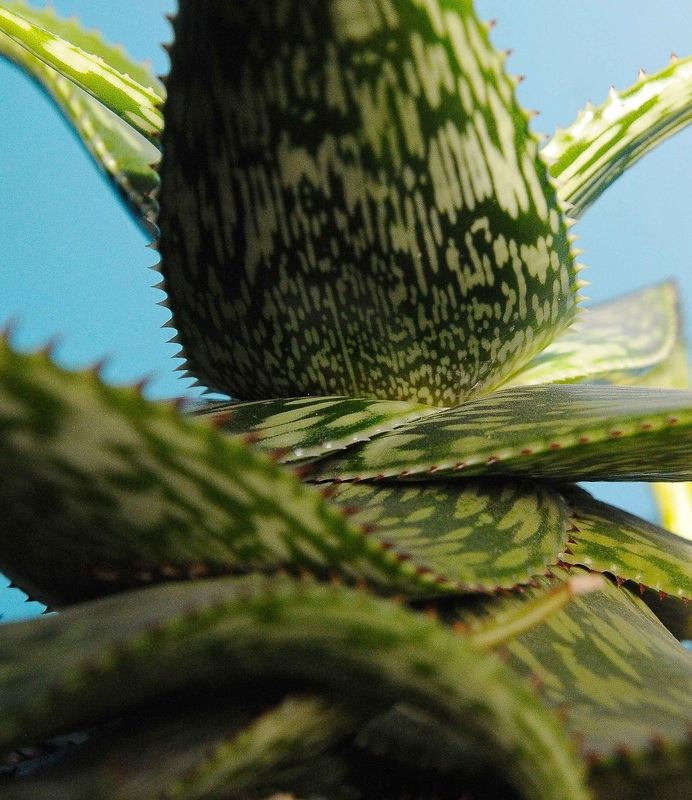

 RSS Feed
RSS Feed

